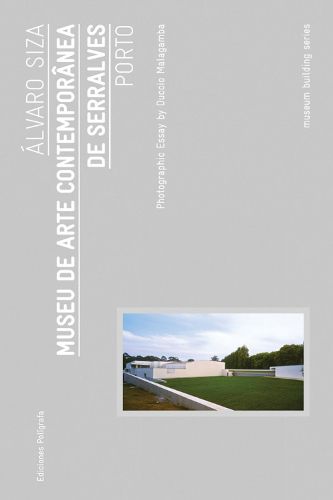Readings Newsletter
Become a Readings Member to make your shopping experience even easier.
Sign in or sign up for free!
You’re not far away from qualifying for FREE standard shipping within Australia
You’ve qualified for FREE standard shipping within Australia
The cart is loading…






Portuguese architect Alvaro Siza (born 1933) is one of the most influential architects of the past half-century. His most famous work is perhaps the Serralves Museum in his hometown of Porto, his second museum building, following the Galician Center for Contemporary Art, erected in 1997. Low built and horizontal in axis, its white stucco walls are perforated with occasional openings that yield unexpected views of a surrounding garden. As with most of Siza’s buildings, the furniture and fittings were also designed by the architect, including lighting fixtures, handrails, doorknobs and all signage. Building materials include hardwood floors and painted walls in gesso with marble skirting in the exhibition halls and marble floors in the foyers. This volume, published in Poligrafa’s innovative Museum Building series, reviews the Serralves Museum, a disarmingly intimate space in pronounced contradistinction to much recent museum architecture.
$9.00 standard shipping within Australia
FREE standard shipping within Australia for orders over $100.00
Express & International shipping calculated at checkout
Portuguese architect Alvaro Siza (born 1933) is one of the most influential architects of the past half-century. His most famous work is perhaps the Serralves Museum in his hometown of Porto, his second museum building, following the Galician Center for Contemporary Art, erected in 1997. Low built and horizontal in axis, its white stucco walls are perforated with occasional openings that yield unexpected views of a surrounding garden. As with most of Siza’s buildings, the furniture and fittings were also designed by the architect, including lighting fixtures, handrails, doorknobs and all signage. Building materials include hardwood floors and painted walls in gesso with marble skirting in the exhibition halls and marble floors in the foyers. This volume, published in Poligrafa’s innovative Museum Building series, reviews the Serralves Museum, a disarmingly intimate space in pronounced contradistinction to much recent museum architecture.